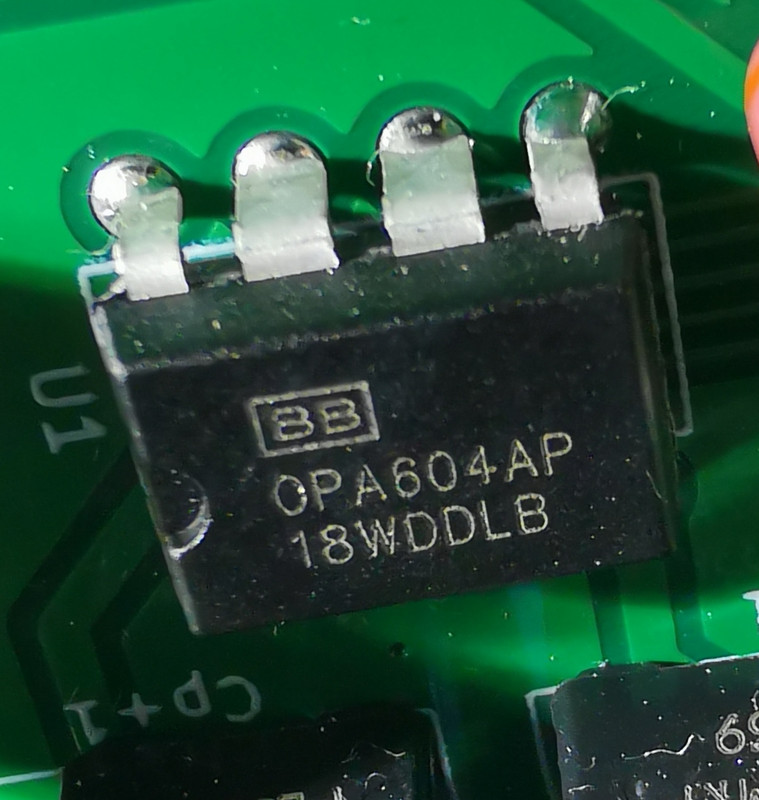I'm trying to run a BB OPA604 as a front end to a Pass M2 power amp..
As you all know this will involve +/-24V rails and I'm assured the 604 will be happy with this, however.. I have +/-24.5V.
I've read a few comments on fora claiming that the 604 is actually fine up to 50V (+/-25V)
Any experience of running this Opamp at its max for years?
What's the failure mode like? I'll take faint sizzle followed by silence, but obviously not a loud crack and smoking tweeters.
Thanks
As you all know this will involve +/-24V rails and I'm assured the 604 will be happy with this, however.. I have +/-24.5V.
I've read a few comments on fora claiming that the 604 is actually fine up to 50V (+/-25V)
Any experience of running this Opamp at its max for years?
What's the failure mode like? I'll take faint sizzle followed by silence, but obviously not a loud crack and smoking tweeters.
Thanks





